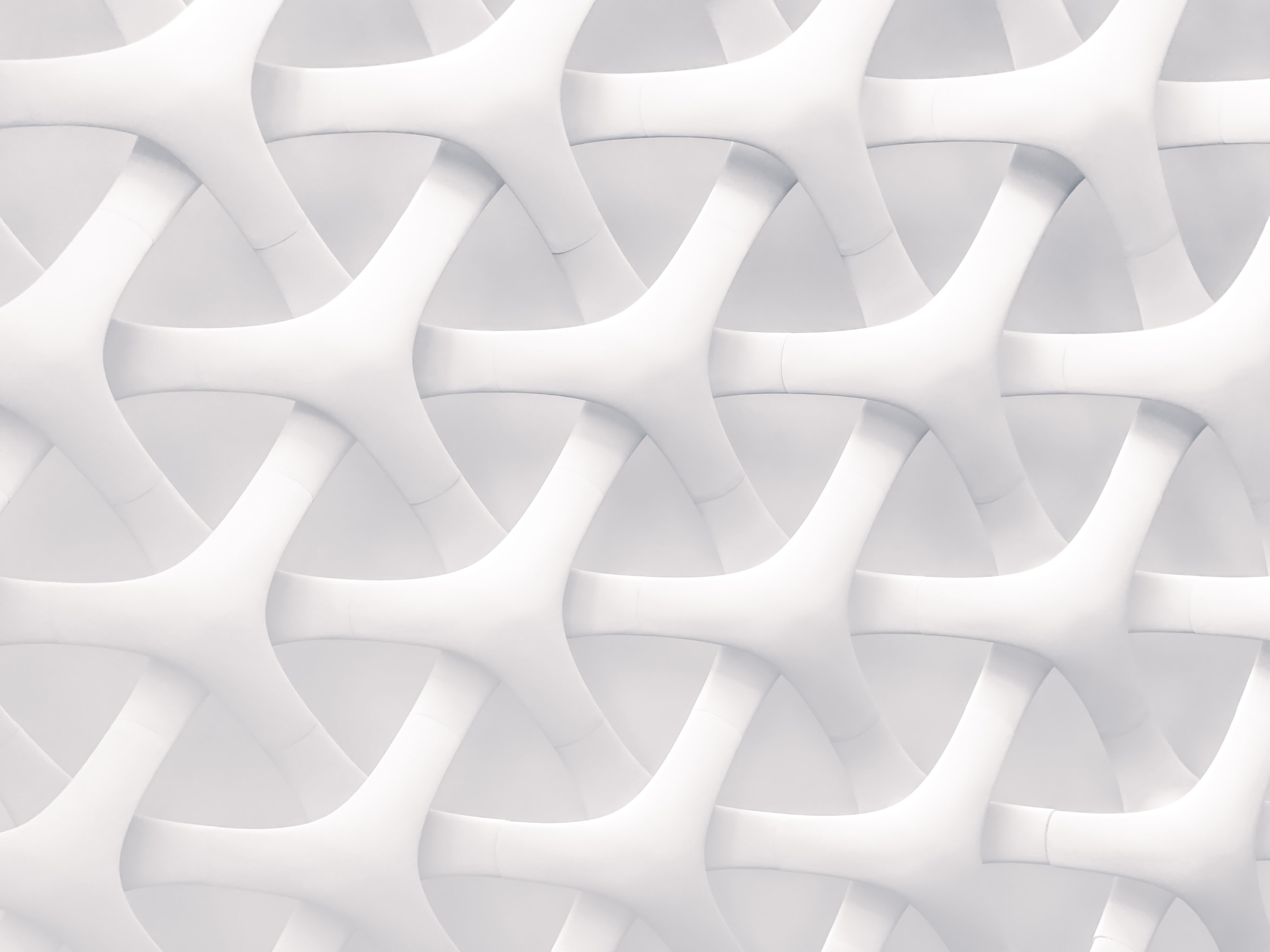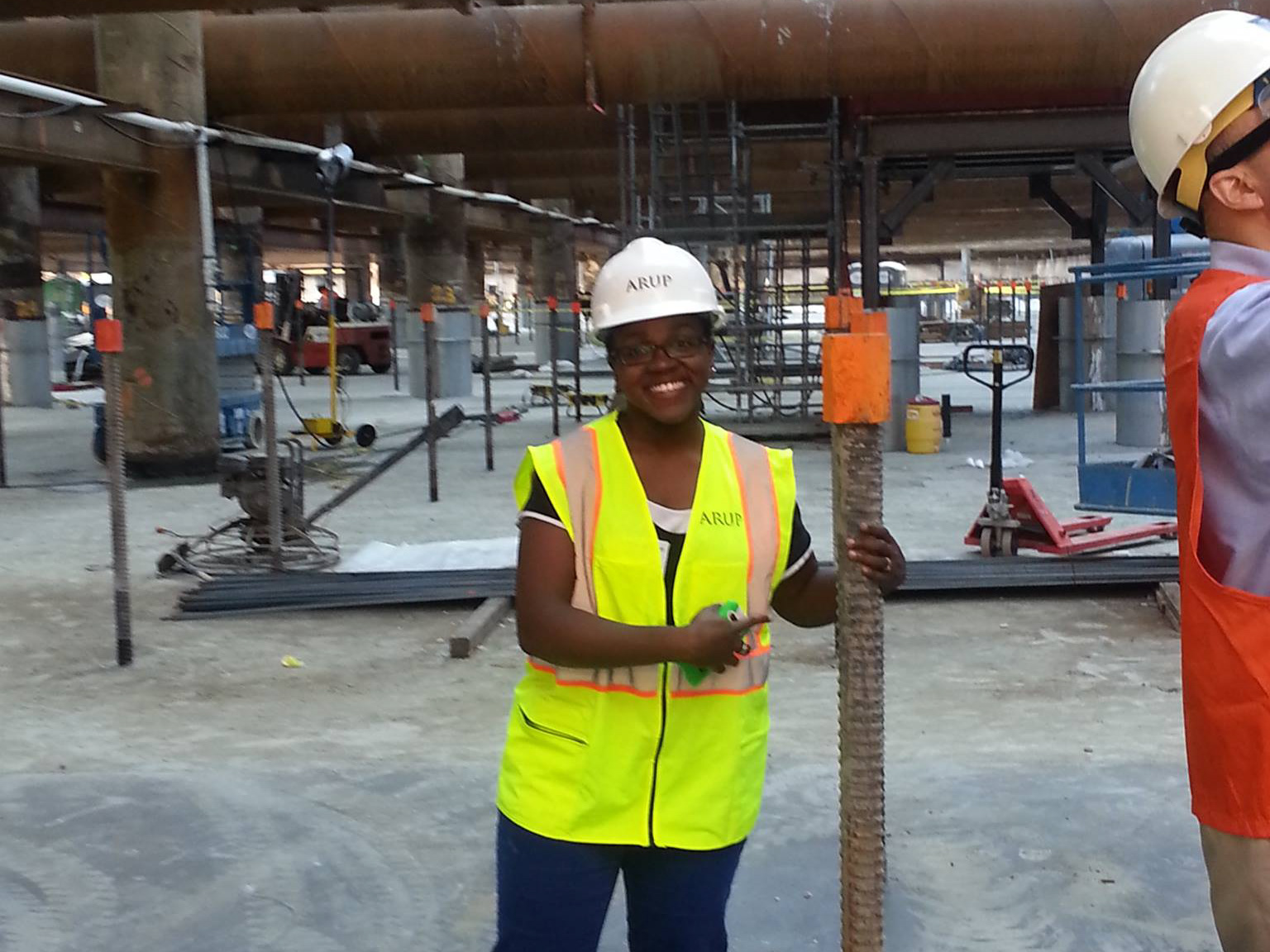I aim to advance global disaster mitigation by conducting multidisciplinary research that draws upon earthquake engineering, structural health monitoring, and computational mechanics. The first step towards this goal is to complete a MS and PhD in Structural Engineering with an emphasis in Structural Health Monitoring at UC San Diego. My goal for pursuing this path is two-pronged. First, the coursework and research I undertake during the first two years will introduce and strengthen foundational engineering and computational knowledge beyond my MArch degree. Second, because of UCSD’s strong industry partnerships, my academic research will be enriched by the advanced manufacturing and computational approaches that are available in Southern California and the Bay Area. Conducting research alongside faculty members such as Dr. Mosqueda, Dr. Hutchinson, and Dr. Loh and utilizing the research capabilities of labs like CEER will prepare me well to be a leader in evidence-based disaster reconnaissance and structural engineering emergency response.
Though I have closely followed most major natural disasters since the Indian Ocean earthquake and tsunami in 2004, the massive earthquake that wrought destruction in Haiti (2010) was the defining event that solidified my interest in earthquake engineering. That earthquake and the clarity of purpose it brought me transformed how I approached my architectural education. During each architectural studio, I conducted self-directed research into structural engineering and used a number of methods to supplement the projects with structural analyses. My first time doing this was in Studio 503, autodidactically conducting analyses nearly two semesters before taking a formal structures course. The following year, I began coursework and research within the Center for Architecture and Situated Technologies. Here, I strengthened an interest in the role that advanced manufacturing, sensors, software development, and emerging technology plays in pushing the boundaries of architectural and structural design. I continued to self-initiate detailed structural investigations for my studio projects, including a mixed-use affordable housing community for Studio 504, the design, fabrication, and actuation of SDOF linkage systems for Studio 605, and the modeling of a parametric facade system for a children’s museum for Studio 606. In Structures III, I completed a robust project with my colleague, Eric Becker, where we explored Calatrava’s Alcoy Community Center with physics-based parametric techniques and a large kinetic structural model. In addition to showing a keen aptitude for structures, I proved to be an effective educator. For three semesters, I worked closely with Professor Peter Grace, a highly experienced professional engineer, to serve as a Teaching Assistant for Structures I and Structures II. In that role, I led lectures and activities for two weekly lab sessions, graded assignments, held office hours, and conducted well-attended exam review sessions. By displaying an infectious enthusiasm for the mathematical nature of the topics and clearly communicating the architectural implications of structural systems to both undergraduate and graduate architecture students, I earned respect from students and faculty alike. I honored a steady stream of tutoring requests from students and structural review invitations from staff. I enjoyed the opportunity to play a critical role in helping students — many of whom are now practicing in architecture — appreciate, understand, conceptualize, and develop simple yet elegant structural engineering solutions for their projects.
Toward the end of the MArch, I completed a multidisciplinary Master’s thesis with Dr. Korydon Smith, Dr. Sue Wiedemann, and Dr. Edward Steinfeld. This thesis investigated how quantifying design parameters (a process known as Kansei engineering) might influence and improve product design for use in the post-disaster context. This work gave me valuable experience with the Institutional Review Board (IRB) process, with qualitative and quantitative data collection methods, and with using statistical analysis software (SPSS and R scripts). Though the majority of MArch students in my cohort completed project-based theses, I chose the traditional research-based approach with the explicit goals of gaining formal independent research experience, broadening my understanding of disaster mitigation, learning LaTeX, and preparing myself to succeed in a PhD program. The summer before conducting a pilot study for this thesis research, I completed a four-month internship with the Earthquake Engineering Research Institute in Oakland. Through this internship, I had unparalleled access to engineers, architects, and policy makers whose professional careers were dedicated to reducing hazard risk. Working in this environment further invigorated my intent to pursue earthquake engineering. As part of my duties, I kept the website up to date and produced research reports for three key EERI initiatives: the Concrete Coalition, the World Housing Encyclopedia, and the Global Earthquake Model. It was during my time at EERI that I became aware of the policy implications of sound disaster mitigation. Living in Berkeley and working in Oakland for those months not only gave me critical exposure to technical seminars and policy initiatives at San Francisco’s EPICENTER, Berkeley’s PEER, and Oakland’s SPUR, but also paved the way for me to attend and present a poster at the 10th National Conference on Earthquake Engineering the following year. These experiences encouraged me to become a more active participant in EERI and SEAONC, organizations in which I remain actively engaged to this day.
In 2012, two years into the MArch, I made plans with the University at Buffalo’s Civil Engineering Department to take coursework towards a concurrent graduate degree — similar to a dual MArch/MS. However, extreme financial duress meant that I lacked the funds to cover the additional credit hours, and an excessive workload (which spanned working at a restaurant, freelancing as a translator, and working in the department as a Graduate Research Assistant and Graduate Teaching Assistant) rendered this plan untenable. Though I looked forward to taking those courses after the MArch, two lengthy job searches and an unforeseen department-wide layoff eventually necessitated a career pivot. Even as I sought to stabilize my financial situation by stepping into design, I always found ways to center engineering principles and emerging technology in my work. While working at a Buffalo-based construction consulting firm, a recruiter from Boston Valley Terra Cotta invited me to interview for a role as an architectural designer focusing on 3D modeling and computation. I was delighted about an opportunity to work with a company that was successfully blending traditional methods of working with advanced manufacturing. I worked on designing watertight 3D models of facade assemblies using Rhino, Grasshopper, and Python. Because I specifically expressed a deep interest in understanding all stages of the fabrication process, I was one of only two designers to do rotations across departments. I got to learn the specific processes that happened at each step, from sending a model to be cut on the 5-axis CNC machine all the way through applying finishes and glazing to the final product. That experience not only helped me build relationships across the company, it also gave me tools to refine my modeling processes for smoother fabrication.
A year later, as the senior designer on an engineering-led innovation team at Target, I gained and practiced knowledge in a variety of emergent fields (computer vision, AR/VR, sensing technologies, voice interfaces, data visualization, and more) by designing, validating, scaling, and shipping software enjoyed by thousands of store guests and dozens of enterprise stakeholders. I also worked with software engineers on enterprise-level blockchain solutions and with designers on highly modular fixtures to display products in narrow spaces. The ideas and tools for that solution directly drew upon work on SDOF linkage systems from Studio 605. After about three years as a key member of Target's New Ventures & Accelerators team, I was tapped by Adobe for roles on their Growth and AI teams. I chose to go the Growth route because of the prospect of getting advanced hands-on experience with front-end technologies and broader access to large data sets. Each day, I draw upon my understanding of the intersection of user experience, business metrics, and data analytics to champion our strategy and conduct rapid, validated experiments across the Creative Cloud ecosystem. Even now, a full five years since completing the MArch, engineering and technology have remained core to my approaches and success. In addition to building an illustrious career in design, I have taken math courses in the evenings, actively participated in technical earthquake engineering seminars and events by Kinemetrics, EERI, and SEAONC, and continued to do computational design side projects using Karamba, Dynamo, and Rhino. As I near the completion of my design career and focus my energies again towards structural engineering, I have a greater appreciation of this robust set of experiences. I have had more time to solidify my research interests, stabilize financially, and master a highly efficient working style. Though initially unplanned, these varied experiences place me in a unique position to accurately execute against difficult concepts, to work independently as well as collaboratively, and to truly operate as both colleague and student in a rigorous, high-output environment such as UCSD’s SE Department.
In summary, I am well poised to conduct multidisciplinary PhD research at UC San Diego that draws upon earthquake engineering, structural health monitoring, and computational mechanics. By the end of this PhD program, my aim is to have developed, in addition to the dissertation, two distinct outcomes. The first outcome I envision is a detailed and thoroughly tested implementation plan, developed by, with, and for a specific community, to (1) outfit at least half of their existing building stock in hazard zones with sensors, as well as to (2) enable successful interpretation of the resulting data. The second artifact will be a computational approach that uses the learnings from the aforementioned implementation plan to motivate more scalable interventions. The research goal is to argue for a network of sensors that can be scaled to a block, then a neighborhood, then a city, and finally a state or province. Though the desire and need for a global structural health monitoring network is cited widely in peer-reviewed engineering literature, there are fewer broadly applicable examples that address the technical and economic hurdles faced by resource-scarce communities. In joining UCSD, I will take the first step towards my dream of helping global communities attain measurable disaster resilience. This lofty goal matches my preferences for working internationally and supports the Jacobs School’s involvement in advocating for dignified disaster reconnaissance. I look forward to partnering together on these exciting and critical endeavors.

